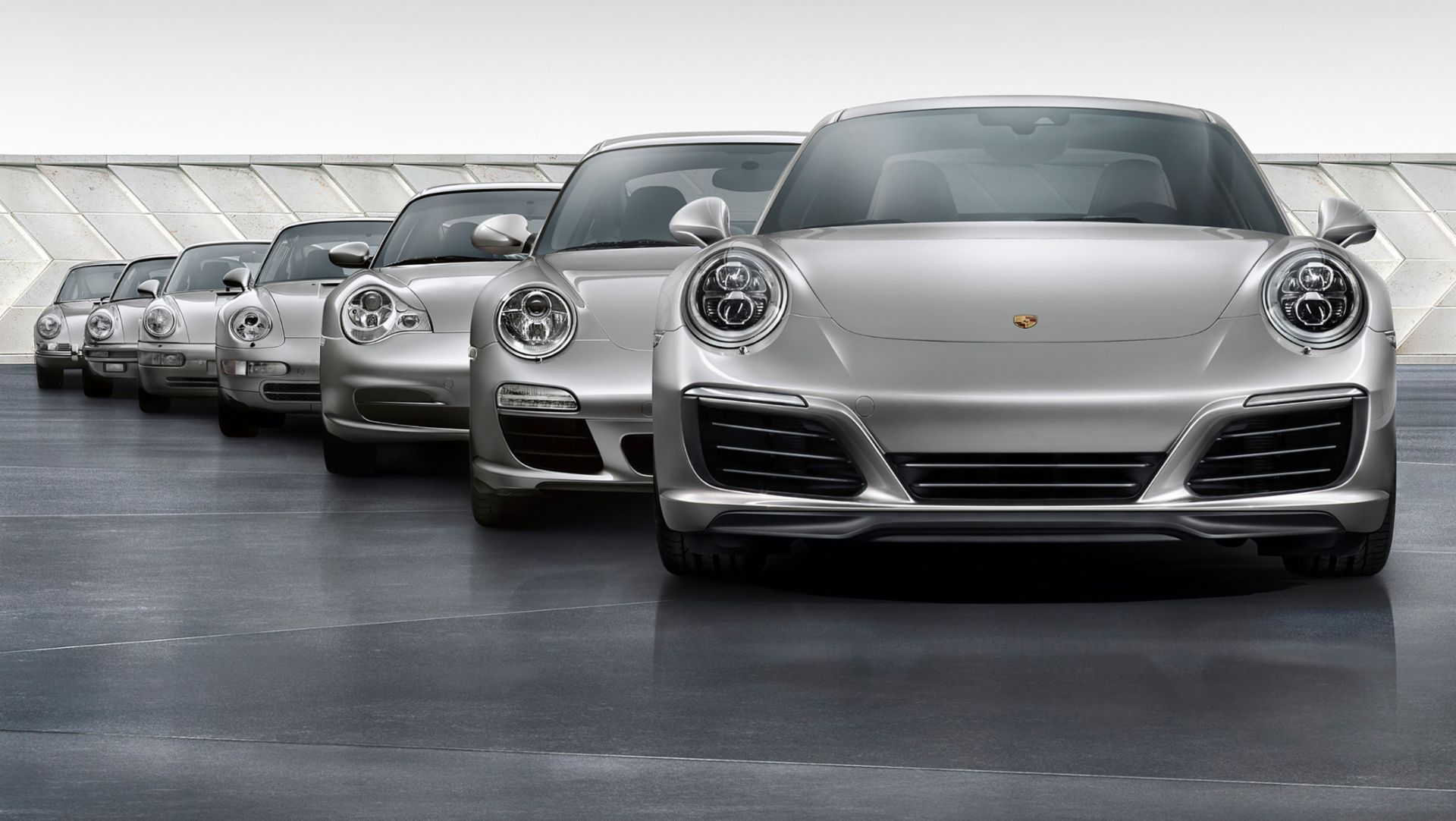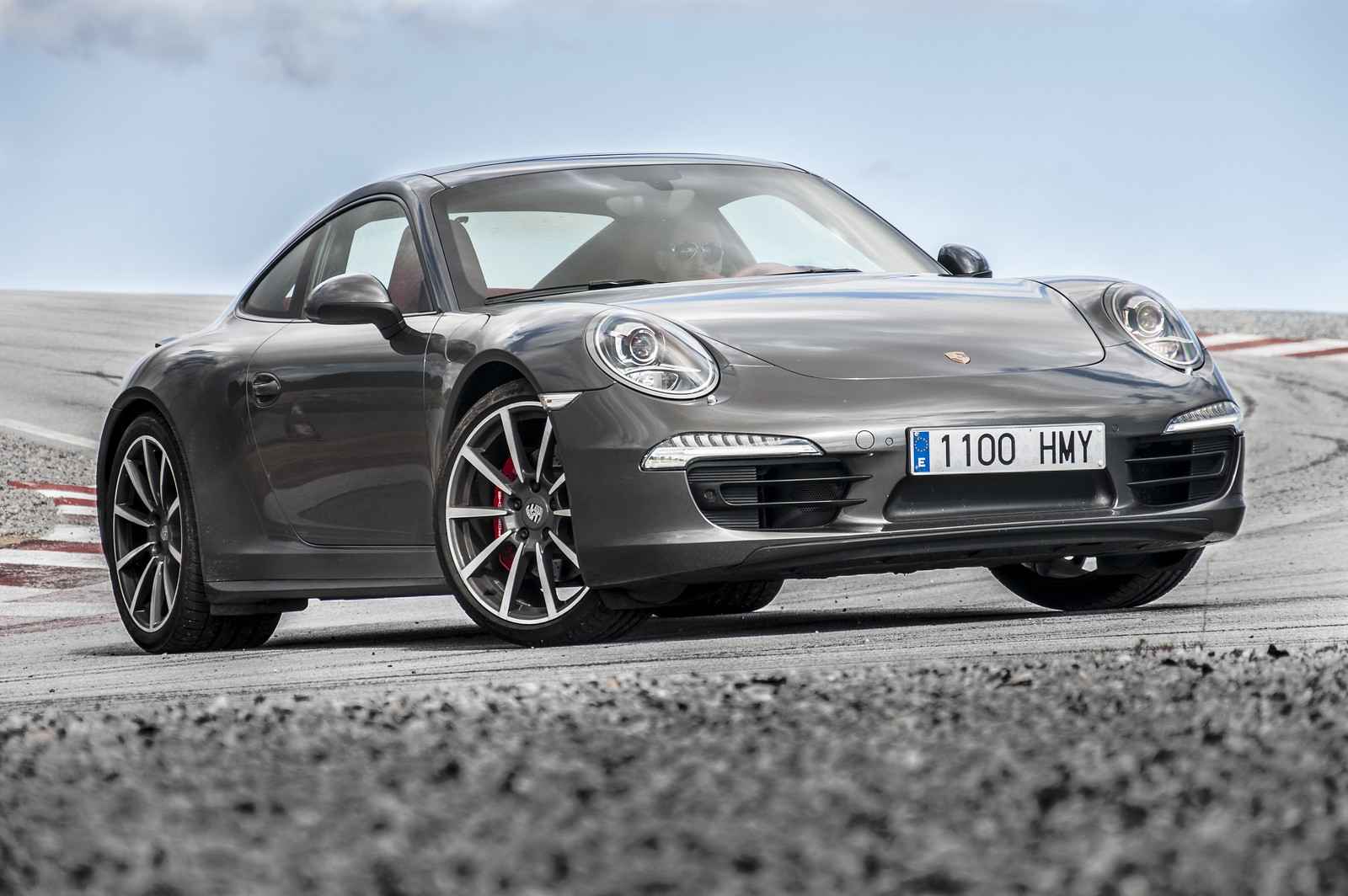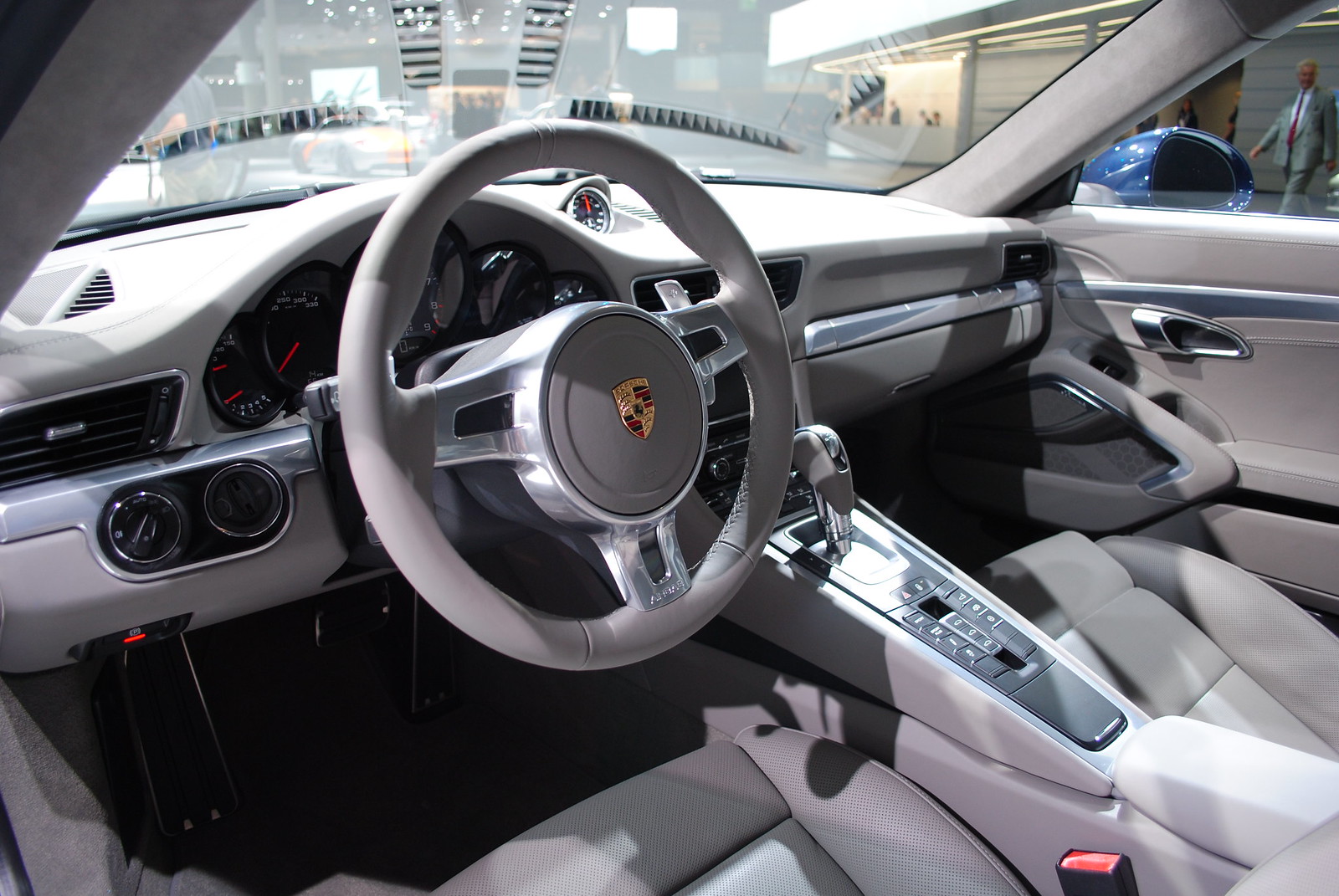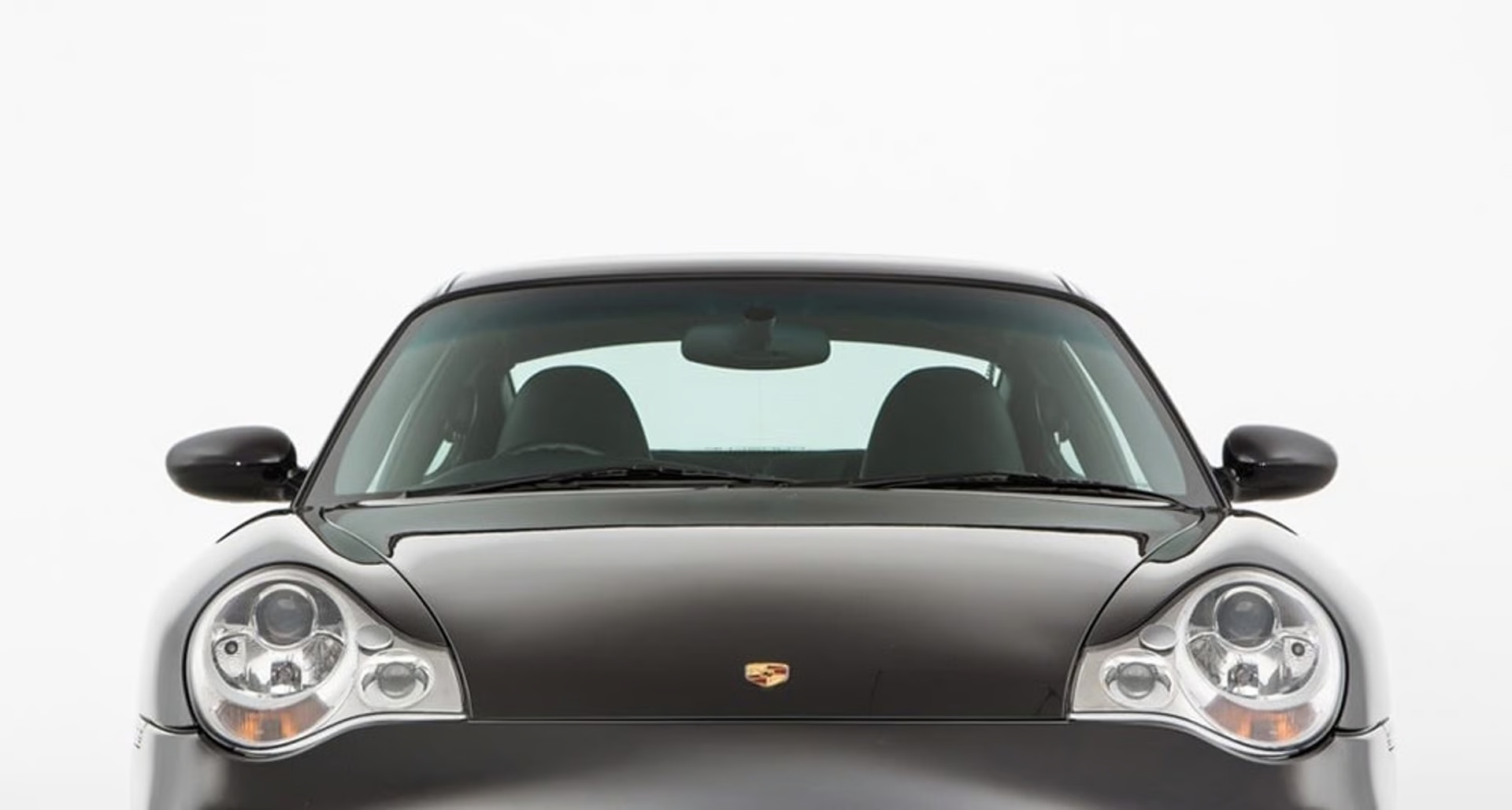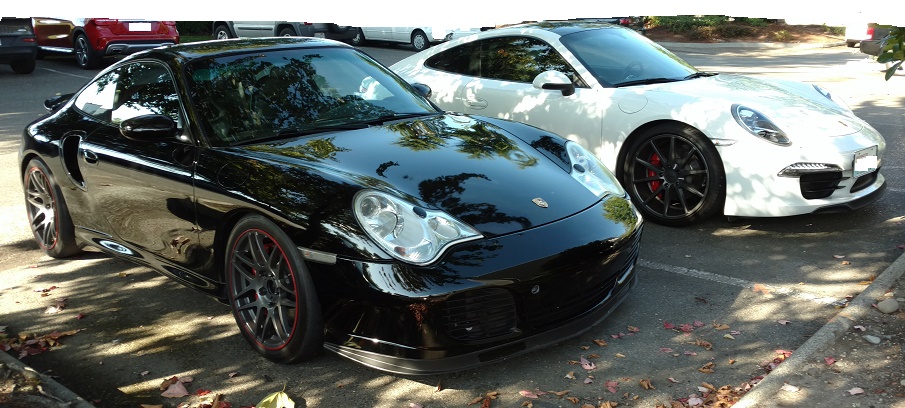
What happens when Porsche challenges tradition? You get the 996.
And when they perfect it? The 991.
When it comes to the Porsche 911, every generation tells a unique story. However, few models spark as much debate as the 996 and 991.
These two generations highlight the evolution of Porsche’s engineering philosophy—blending tradition with innovation.
If you’ve ever wondered how the 911 evolved from its raw, analogue roots to the tech-savvy powerhouse it is today, comparing the 996 and 991 provides the perfect lens.
Let’s dive into what sets these two icons apart and why enthusiasts hold both in such high regard.
| Table of Contents | |
|---|---|
| 1. | Design and Aerodynamics |
| 2. | Engine and Performance |
| 3. | Suspension and Handling |
| 4. | Technology and Comfort |
| 5. | Maintenance and Reliability |
| 6. | Conclusion |
🚗 Style Over the Years: Design and Aerodynamics
Porsche 996
The 996 broke tradition in more ways than one.
But what most people remember (and debate) are arguably the “fried egg” headlights. Love it or hate it, these bad boys are instantly recognisable.
While opinions divide, they were practical and a groundbreaking step toward functionality. The headlights housed improved lighting technology that was ahead of its time.
The 996 also introduced a sleeker body and minimalist design that prioritised efficiency over extravagance.
Porsche 991
Enter the 991, which redefined what it meant to be a modern 911.
Its wider body, sculpted lines, and LED headlights exude confidence and refinement. The design isn’t just for show either. It’s aerodynamically optimised for better handling and fuel efficiency.
Thanks to the increased use of aluminium, the 911 is lighter yet stronger. This gives it exceptional agility both on the track and on the road.
What Changed?
The Porsche 996 pushed boundaries and introduced modernisation, while the 991 perfected the balance of form and function.
If the 996 was the disruptor, the 991 was the artist, and we thank both for setting new standards for design and aerodynamics in high-performance vehicles.
Seven generations of the Porsche 911 | Source
911? 996? 991? What Do These Numbers Mean?What’s up with Porsche’s number game? The iconic 911 represents the model series, while numbers like 996 and 991 refer to specific generations within the Porsche 911 lineup. Each stage brings unique design, engineering, and performance upgrades. Think of it as a family tree where every number marks an evolution of the same DNA. |
🚗 Power Players: Engine and Performance
Porsche 996
Many enthusiasts admire the legendary 911 Mezger engine, which powered earlier air-cooled 911 models and became synonymous with Porsche’s motorsport heritage.
Then came the 996 as the first Porsche automobile to feature a water-cooled flat-six engine. This leap improved cooling efficiency and allowed for more power.
However, it wasn’t without its quirks. Reliability issues like the infamous Porsche 911 IMS (Intermediate Shaft) bearing plagued some early models.
Despite this, the engine delivered a thrilling, gritty driving experience that hardcore enthusiasts lovingly adore.
Porsche 991
The 991’s powertrains took engine performance to another level.
Turbocharged engines brought more power, better fuel efficiency, and reduced emissions, while naturally aspirated versions retained the soul of a classic Porsche.
Innovations like start-stop technology further optimised performance for modern drivers. Most importantly, 991’s engines were far more reliable, giving owners peace of mind (and thrill of ride)!
How Do You Like Your Drive?
Behind the wheel, the Porsche 996 feels like an untamed wildebeest, while the Porsche 991 rides fast and smooth like a champion-bred stallion.
Both are thrilling, but the 991 gives you the best of both worlds—excitement with precision.
| Related — All You Need To Know About Porsche IMS Bearings Replacement – 911 and more |
🚗 On the Road: Suspension and Handling
Porsche 911 (991.1) Carrera 4S | Source
Porsche 996
The 996 stayed true to Porsche’s analogue driving roots. Its traditional suspension setup gave it an endearing mechanical feel.
You could feel every turn, bump, twist, and practically every inch of the road. This made it incredibly engaging for purists.
However, this also meant it demanded greater skill to handle, especially at higher speeds or on uneven surfaces.
Porsche 991
In contrast, the 991 introduced the Porsche Active Suspension Management (PASM).
The PASM is an adaptive system that intuitively adjusts damping based on driving conditions. This innovation delivers a smoother ride without compromising its sporty edge.
The improved handling also paired well with the revolutionary Porsche Doppelkupplung (PDK) Transmission. This dual-clutch system blessed us with lightning-fast shifts and better performance.
Whether you’re cruising through Kuala Lumpur’s city streets, enjoying a winding road in Cameron Highlands, or pushing limits on the Sepang International Circuit during Open Track Day, the 991 remains composed and confident (served with a heaping dose of excitement).
Key Differences
The Porsche 996 makes you work for the thrill, while the Porsche 991’s adaptive suspension brings versatility and comfort to the table.
It’s the difference between raw excitement and refined enjoyment. Kinda like enjoying a steak tartare versus. a perfectly seared medium-rare ribeye!
🚗 Then and Now: Technology and Comfort
Porsche 991 Carrera S interior | Source
Porsche 996
The 996 kept things simple. Step inside one, and you’re greeted by simplicity.
Its traditional cockpit had limited tech and felt more “naked,” which reflected its era. But it also kept distractions to a minimum, putting the focus solely on the drive.
Tech lovers may find it lacking due to the absence of modern conveniences. It was more about the connection between the car and the driver.
Porsche 991
On the other hand, get in a 996, and you’re welcomed by a tech wonderland.
From its intuitive infotainment system to advanced safety features like adaptive cruise control, the 991 elevates the driving experience in every way you can imagine.
Premium materials and ergonomic design bring comfort that makes it as much a grand tourer as a sports car.
Bottom Line
The Porsche 996 strips things down to essentials, while the Porsche 991 caters to both drivers and passengers with equal finesse without losing the 911’s soul.
| Related — How It Feels to Own a Porsche 911 in Malaysia: ThePorscheLover Lays It Bare |
🚗 The Ownership Factor: Maintenance and Reliability
Porsche 996
Owning a 996 is a labour of love.
Common issues like IMS bearing failures and rear main seal leaks mean you have to stay vigilant and attentive.
That’s why timely car check-ups at reputable auto shops like ThePorscheLover are important. Key maintenance tasks include inspecting the usual suspects as well as other components like the Porsche 996 brake callipers to keep everything in good shape.
Do this and your road partner will reward you with a driving experience like none other.
Porsche 991
The 991 benefits from improved reliability and lower maintenance demands.
Do not slack on routine servicing though, especially for high-performance components like brakes and suspension.
It’s easier to own, but just as rewarding compared to its predecessor.
What to Watch Out For
- Porsche 996: Keep an eye on IMS bearings and oil leaks.
- Porsche 991: Ensure mechanical condition is ok and brakes are serviced regularly.
996 vs. 991: Which Porsche Generation Captures Your Heart?
The Porsche 996 and 991 represent two distinct eras in the 911’s exalted history.
The 996 dared to break tradition, paving the way for modern engineering, while the 991 refined that vision into a masterpiece of performance and comfort.
Whether it’s the raw charm of the 996 or the polished sophistication of the 991, one thing is certain—both are icons.
And to keep these legends at their best, trust ThePorscheLover for world-class Porsche maintenance and tailored servicing in Malaysia.
Get in touch with us today to book your next appointment.
Let us help you maintain the legacy of your 911.
